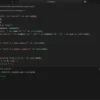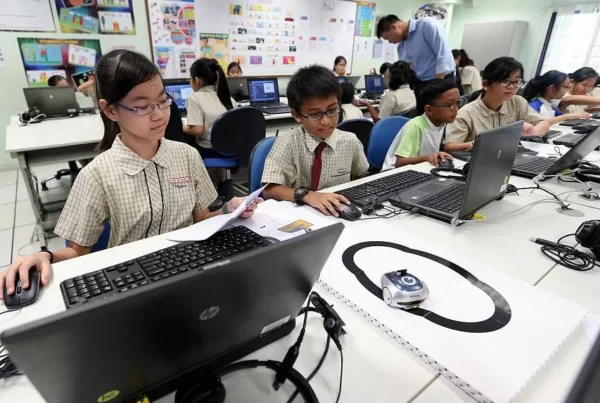Where to Start for Preparing Competitive Programming?
Competitive programming has become a sought-after skill in today’s tech-driven world. From improving logical thinking to gaining a competitive edge in university admissions and tech careers, learning competitive programming opens up a world of opportunities for students. But many parents and students ask: Where do we start?
Whether your child is a curious beginner or an aspiring National Olympiad in Informatics (NOI) medalist, this guide will help you understand how to begin preparing for competitive programming in a structured, age-appropriate way.
What Is Competitive Programming?
Competitive programming involves solving algorithmic problems using programming languages like C++, Python, or Java. Students compete individually or in teams in timed contests, often with real-world applications. Popular contests include:
-
National Olympiad in Informatics (NOI)
-
International Olympiad in Informatics (IOI)
-
Codeforces, LeetCode, AtCoder, and USACO
Step 1: Build a Strong Foundation in Programming
Before diving into competitive problem-solving, it’s essential to have a solid understanding of programming basics.
For younger learners (age 6–12):
-
Start with Scratch, a visual programming language that teaches logic and sequence without code syntax.
-
Progress to Python or Blockly once they’re comfortable with basic logic.
For older students (age 12–18):
-
Learn a text-based programming language (Python or C++ are common in competitions).
-
Master fundamentals like:
-
Variables and data types
-
Loops and conditionals
-
Functions
-
Arrays and strings
-
Step 2: Learn Problem-Solving Techniques
Once students are comfortable writing code, they should begin learning algorithmic thinking.
Important topics include:
-
Searching and sorting algorithms
-
Recursion and backtracking
-
Greedy algorithms
-
Divide and conquer
-
Dynamic programming
-
Graph theory and trees
Pro Tip: Start with easy problems on platforms like Codeforces, AtCoder, or LeetCode to build confidence.
Step 3: Practice Regularly on Online Platforms
Consistency is key. Encourage your child to solve problems daily or weekly on reputable platforms:
-
Beginner-friendly:
Coderbyte, Code.org, HackerRank -
Intermediate to advanced:
Codeforces, AtCoder, USACO, Kattis
Step 4: Join a Structured Competitive Programming Course
Self-learning is powerful, but structured guidance can help students progress faster and stay motivated.
At FutureCoders, we offer competitive programming tracks tailored to different levels:
-
Foundation Courses: For beginners with no prior experience
-
Algorithm Training Courses: For students familiar with basic coding
-
NOI/IOI Preparation Tracks: For advanced students preparing for national/international competitions
Our experienced instructors guide students through key topics, provide real-time feedback, and simulate contest environments to help them gain confidence.
Step 5: Participate in Contests
Encourage your child to take part in real contests:
-
Local school or club competitions
-
Online monthly contests (e.g., Codeforces Div 4/3)
-
NOI preparation trials
These events sharpen time management and problem-solving skills under pressure.
Final Thoughts
Starting competitive programming may seem intimidating, but with the right steps, students can build their skills step by step—just like learning a new sport or musical instrument.
With a good foundation, regular practice, and guidance from experienced mentors, any student can unlock their full potential in the world of competitive programming.
Want to help your child
Get started or level up coding skills?
Check out our Competitive Programming Courses for ages 10–18, designed by top instructors and former Olympiad medalists.
Sign Up Today







